It seems straightforward. Calories in equal calories out. If we eat less and exercise more, we’ll lose weight. NOT TRUE!
The truth is: Eating calories isn’t the same as burning calories. When you eat sugar and refined carbs (bread, pasta, crackers, chips, cereals), an increase in the hormone insulin occurs. This hormone fuels fat cells to flourish – yikes! Just the opposite happens when you eat healthy fat.
Eating carbohydrates and sugar often during the day is the switch that turns off fat burning. You also chance increasing your appetite and cravings. The best thing about eating healthy fats is that you decrease cravings and increase your fat burning metabolism. Research has found that eating sugars and carbohydrates (grains, rice, processed foods) instead of fat over decades causes a child to reach adulthood with a high chance of chronic disease such as diabetes, high cholesterol, and hypertension.
Not all fat is created equal, and it’s not exactly straight forward.
Why do some fats raise cholesterol and others lower it?
High cholesterol (LDL, triglycerides) is actually influenced by eating sweets and refined carbohydrates. The opposite effect usually takes place when you consume healthy fats. The key to eating high fats safely is to NOT combine the fat with sugars. For example, a cheesecake is high in fat, but it has a lot of sugar as well. The benefits of a high fat diet are negated in sweet fat foods such as desserts.
Eating fat satisfies your brain and stabilizes your emotions as well. When you eat fat, you slowly release fuel from your stomach/intestines into your blood stream. The slow and steady release of fuel diminishes the chance of feeling agitated, anxious or lethargic after a meal.
For me, I feel the worst when I pair grains like bread with sugars. If I eat a large donut, I notice that I am feeling anxious about 15 minutes afterward. This is because my blood sugar has spiked and triggered my anxiety. I also notice my heart rate elevates at the same time. Healing my mood required me to curb my cravings for sweet fats like a donut or cake. Furthermore, the more I eat sweets, the more I can’t stop thinking about them. They are truly addictive, as evidenced by the fact that they trigger a center in the brain that is also triggered by other addictions.
If you eat too much fruit (especially juices), fried foods, or other saturated fats, you can be sure that your diet is causing weight gain, inflammation, high cholesterol, and increased risk of cancer.
For most people, I usually recommend a high fat, moderate protein, and low carb diet, although some individuals need specialized dietary recommendations. Eat vegetables (except corn, soy, and potato) in abundance. Take a whole fruit or two daily but not in a juice, because you need fiber in the natural state. Choose fruits after activity. Eat soaked nuts and seeds daily as a source of fat and protein. Choose good quality, wild-caught fish and pasture-raised poultry, pasture-raised whole eggs, a fresh variety of good oils, avocados, grass-fed meats; and in moderation, starch, grains and sugar.
So what’s what? The good, bad and ugly fats
ANIMAL FATS
GOOD – Grass-fed, organic, sustainably raised lamb, beef, bison, elk, venison; pasture-raised organic duck and turkey; pasture-raised, organic, free-range eggs; pasture-raised lard, tallow, duck fat.
BAD – Feedlot animal meats; commercialized meat with color additives; non-organic poultry which are given growth hormones.
FISH & SEAFOOD
GOOD – Wild-caught fish, especially fatty ones such as salmon, sardines, herring, tuna steaks, anchovies, and black cod; fresh, raw, or minimally cooked shellfish in moderation; clams, oysters, mussels, shrimp, scallops, and crab; calamari or octopus.
BAD – Lobster, canned tuna, catfish, king mackerel, Chilean sea bass, swordfish.
DAIRY & THE LIKE
GOOD – Grass-fed butter; clarified butter (i.e., ghee); organic, unsweetened nut milks (almond, cashew, hemp, hazelnut) without the ingredient carrageenan; homemade organic yogurt.
BAD – Cow’s milk; all other yogurt, especially low fat and flavored; cheese, cream, and margarine.
NUTS & SEEDS
GOOD – Walnuts (highest in omega-3), pecans and Brazil nuts (highest in selenium), almonds, hemp, chia, pumpkin seeds (pepitas), sesame and flax seeds (do not pre-grind as the fats oxidize); organic nut and seed butters (without added sugars or modified oils such as soybean or canola).
BAD – Peanuts (Actually, they are a legume and often have fungus on them.)
OILS
GOOD – Organic, virgin, cold-pressed, unrefined coconut oil or butter; extra-virgin cold-pressed olive oil (not for cooking; use only at room temp); MCT oil (medium chain triglyceride); organic flax seed oil; organic avocado oil; any organic nut oil; homemade, organic mayonnaise.
BAD – Corn and soybean oil are the worst and found in most dressings and sauces; safflower, sunflower, canola and cottonseed oils; hydrogenated or partially hydrogenated oils; margarine.
WHOLE FOOD FATS
GOOD – Olive, coconut or cacao butter; raw, pure organic dark chocolate.
Dr. Nicole Ortiz is a primary care naturopathic doctor with the Live Well Clinic in La Quinta. (760) 771.5970 www.livewellclinic.org.
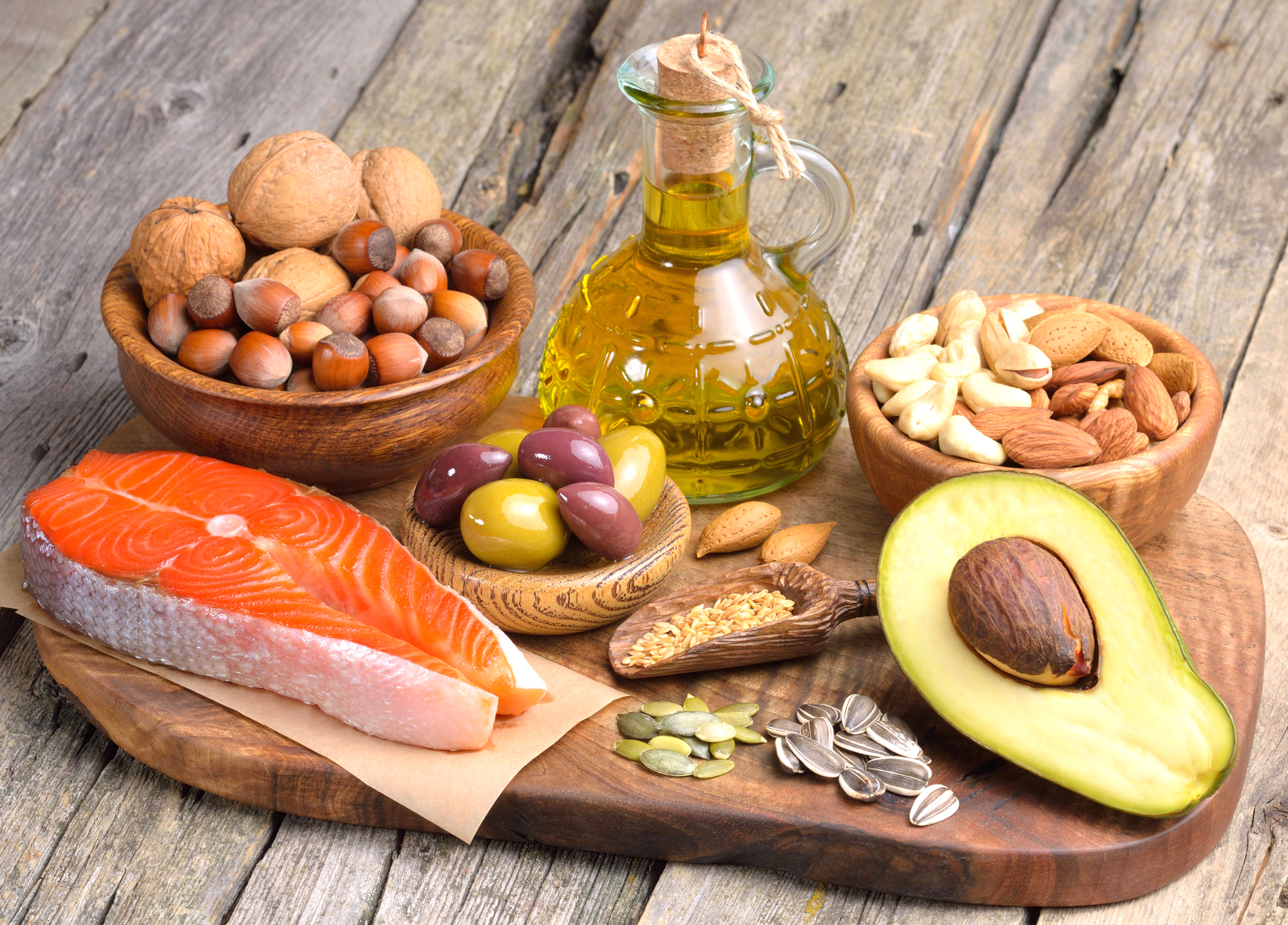







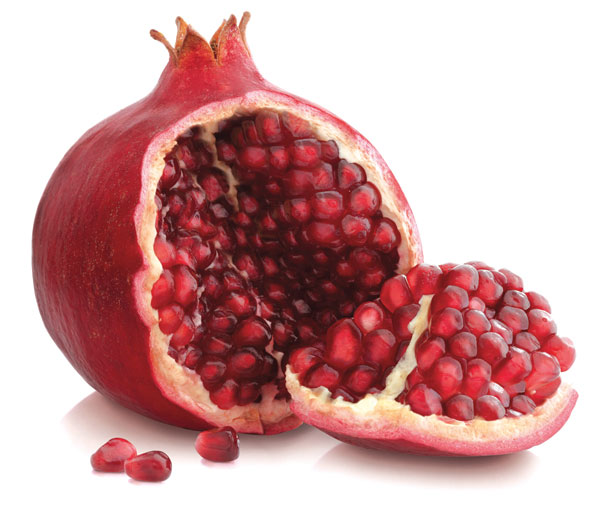
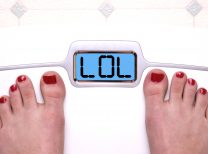
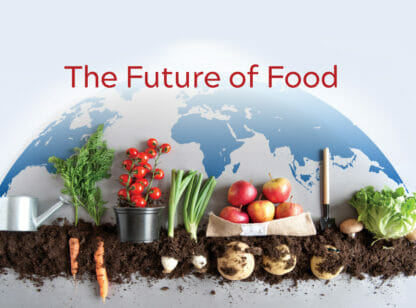
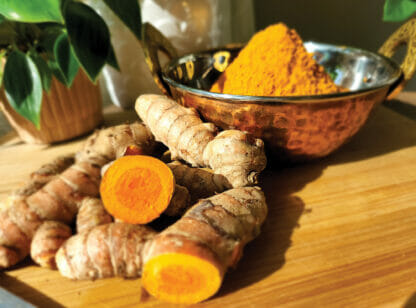
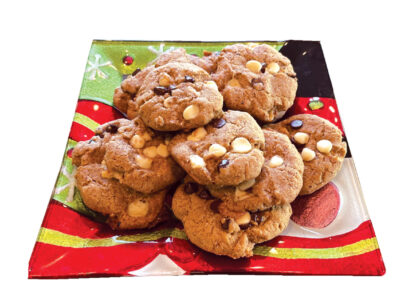
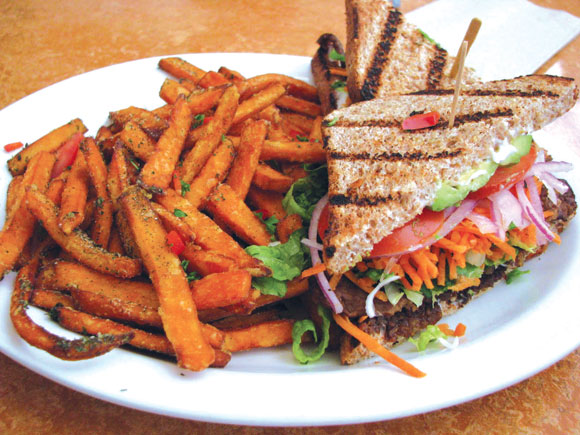
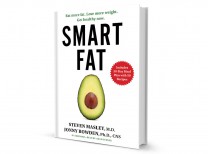
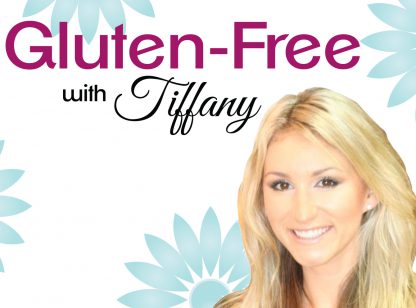


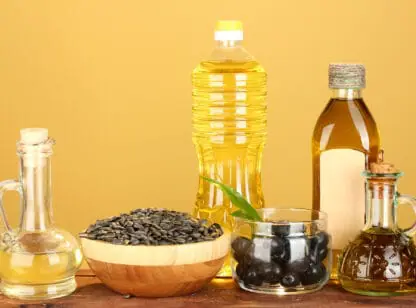

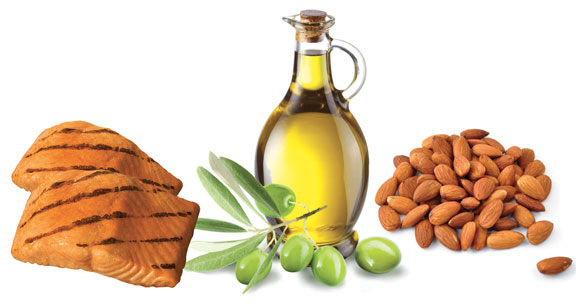
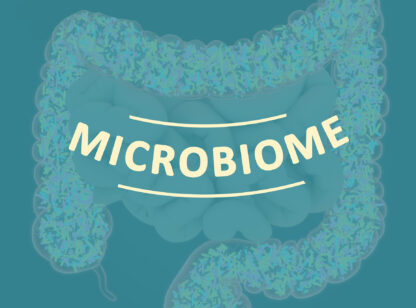

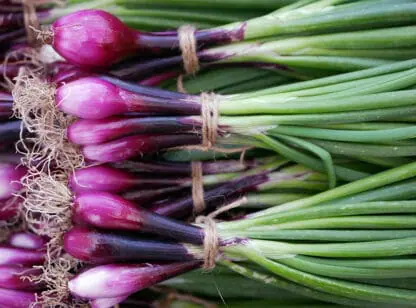




























Comments (0)